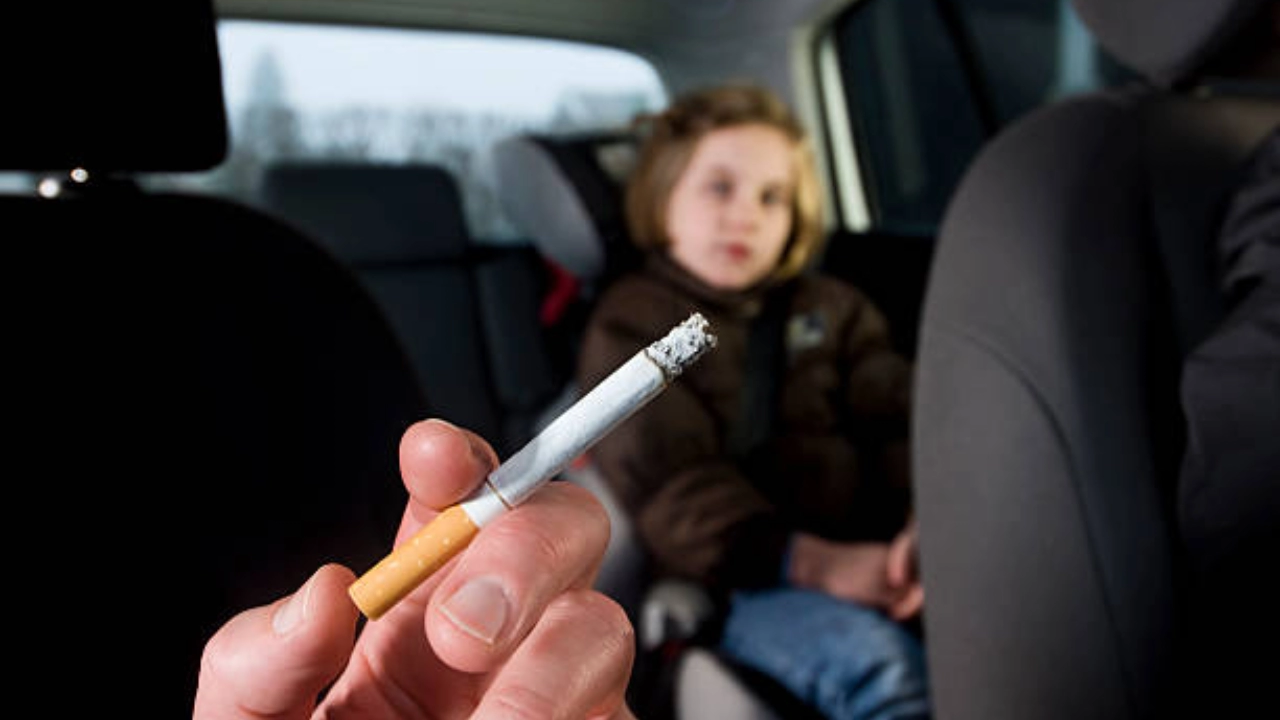News
Lung Cancer Awareness Month: Secondhand Smoke Can Increase Lung Cancer Risk, Tips To Keep Yourself Protected

Secondhand Smoke Can Increase Lung Cancer Risk, Tips To Keep Yourself Protected
Photo : iStock
Lung Cancer Awareness Month is observed every year in the month of November to spread awareness about lung cancer. According to World Cancer Research Fund International, there were more than 2.2 million new cases of lung cancer in 2020 globally. Along with that, lung cancer caused nearly 1.8 million deaths and it is the second most common cancer in the world.
Lung cancer is the leading cause of cancer deaths worldwide. It is a form of cancer that begins as a growth of cells in the lungs. There are several factors that can lead to one developing lung cancer and one of them is smoking. Experts and global platforms say that smoking is one of the major causes of lung cancer. Hence, they often raise awareness on the importance of quitting smoking.
Secondhand smoke is the involuntary inhalation of smoke from others’ cigarettes, cigars or pipes which significantly increases the risk of lung cancer in nonsmokers. The smoke contains over 7,000 chemicals, including 70 known carcinogens, like benzene, formaldehyde and arsenic. When inhaled, these toxins can damage the cells lining the lungs which can potentially lead to mutations and cancerous growth.
Studies suggest that nonsmokers exposed to secondhand smoke at home or work have a 20-30% higher risk of developing lung cancer compared to those not exposed. Prolonged exposure to secondhand smoke increases this risk as even brief encounters can lead to cellular changes in lung tissue.
Also, children and adults with compromised immune or respiratory systems are highly vulnerable. Therefore, it is important to reduce exposure to secondhand smoke and this can be done through public smoking bans and smoking cessation programs. This can also help to reduce lung cancer cases among nonsmokers.
Here, take a look at some of the tips to keep yourself protected.
Avoid Smoking Areas
Try to avoid places where smoking is common such as certain outdoor areas, bars or smoking zones. If possible, choose smoke-free zones for dining, shopping and leisure to reduce exposure.
Smoke-Free Home
Set a strict no-smoking rule in your home to prevent secondhand smoke from lingering indoors where it can stick to surfaces and fabrics. Politely request visitors to refrain from smoking inside.
Choose Smoke-Free Transportation
If you use public or shared transportation, choose smoke-free rides whenever possible. Avoid riding in vehicles where others are smoking, as the confined space traps smoke.
Educate Children and Family
Teach family members about the risks of secondhand smoke and encourage them to avoid exposure in public or social settings.
Boundaries with Smokers
Politely let friends, family and colleagues who smoke know about your choice to avoid secondhand smoke. Kindly ask them to smoke outside or at a distance if you’re near.
Get Latest News Live on Times Now along with Breaking News and Top Headlines from Health and around the world.
Our Blogs
Our Recent News

Deadly Listeria Outbreak Linked To Ready-To-Eat Meats: California Infant Dies, 10 Others Sick
Deadly Listeria Outbreak Linked To Ready-To-Eat Meats: California Infant Dies, 10 Others Sick (Image...

Are You Drinking Poison? Toxic Chemical Found In The US Tap Water Affecting Millions
Are You Drinking Poison? Toxic Chemical Found In Us Tap Water Affecting Millions (Image Credits: iSt...

Friends Share More Than Secrets—They Share Gut Microbes, Says Yale Study
Friends Share More Than Secrets—They Share Gut Microbes, Says Yale Study (Image Credits: iStock) Fri...

